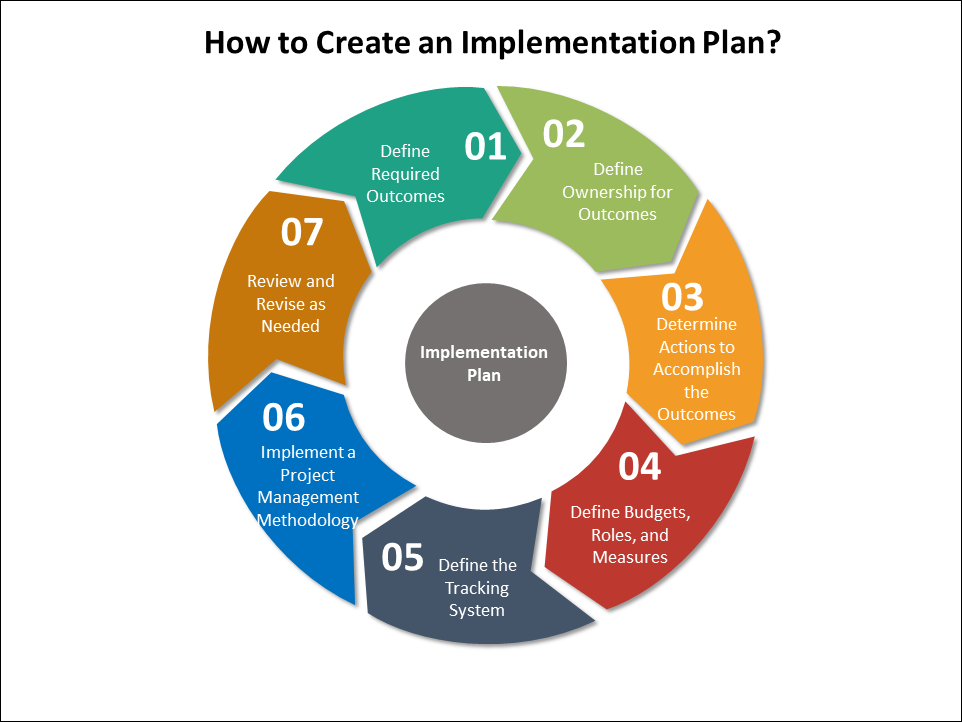ERP system upgrades are pivotal moments for companies, offering opportunities to enhance efficiency, improve functionality, and adapt to evolving business needs. However, the timing, planning, and execution of these upgrades are critical factors that can significantly impact the success of the endeavor. This article delves into the importance of timing, provides essential tips, and outlines effective tactics for managing ERP system upgrades.
Timing of ERP System Upgrades:
- Strategic Alignment: Ensure that the upgrade aligns with the company’s strategic goals and objectives. Consider factors such as market conditions, business growth plans, and technological advancements.
- Software Lifecycle: Monitor the software lifecycle of your ERP system, including vendor support, version updates, and end-of-life dates, to determine the optimal time for an upgrade.
- Business Disruption: Minimize disruptions to daily operations by scheduling upgrades during off-peak times or slower business periods. Consider factors such as seasonality and project timelines.
- Technology Trends: Stay abreast of emerging technology trends and innovations in ERP systems to capitalize on new features and functionalities.
Tips for Successful ERP System Upgrades:
- Comprehensive Planning: Develop a detailed upgrade plan that outlines objectives, timelines, resource requirements, and potential risks. Engage stakeholders from across the organization to ensure alignment and buy-in.
- Testing and Validation: Conduct thorough testing of the upgraded system in a controlled environment to identify and address any issues or discrepancies before deployment. Validate data integrity and system performance to mitigate risks.
- Training and Change Management: Invest in training programs to familiarize users with the upgraded system and new features. Implement change management strategies to minimize resistance and ensure smooth adoption.
- Data Migration: Prioritize data integrity and accuracy during the migration process. Develop robust data migration strategies, conduct data cleansing and validation, and establish backup and recovery procedures.
- Continuous Monitoring: Monitor system performance post-upgrade to identify any issues or areas for improvement. Establish mechanisms for ongoing support, maintenance, and enhancement of the upgraded ERP system.
Effective Tactics for ERP System Upgrades:
- Phased Approach: Break down the upgrade process into manageable phases to reduce complexity and mitigate risks. Prioritize critical functionalities and modules for early deployment.
- Communication and Transparency: Maintain open communication channels with stakeholders throughout the upgrade process. Provide regular updates, address concerns proactively, and solicit feedback to ensure transparency and alignment.
- Vendor Collaboration: Collaborate closely with ERP vendors and consultants to leverage their expertise, guidance, and support throughout the upgrade journey. Tap into vendor resources, training programs, and best practices.
- Post-Implementation Review: Conduct a comprehensive post-implementation review to evaluate the success of the upgrade and identify lessons learned. Capture feedback from users and stakeholders to inform future upgrades and improvements.
Conclusion: ERP system upgrades represent significant opportunities for companies to optimize their operations, enhance competitiveness, and drive growth. By carefully timing upgrades, following essential tips, and employing effective tactics, organizations can successfully navigate the complexities of ERP system upgrades and unlock the full potential of their ERP investments.
About iSky ERP: For expert guidance on planning and executing ERP system upgrades tailored to your business needs, visit iskycreative.com and isky.ae. Our experienced team offers comprehensive consultation services and customized solutions to ensure successful ERP system upgrades and
